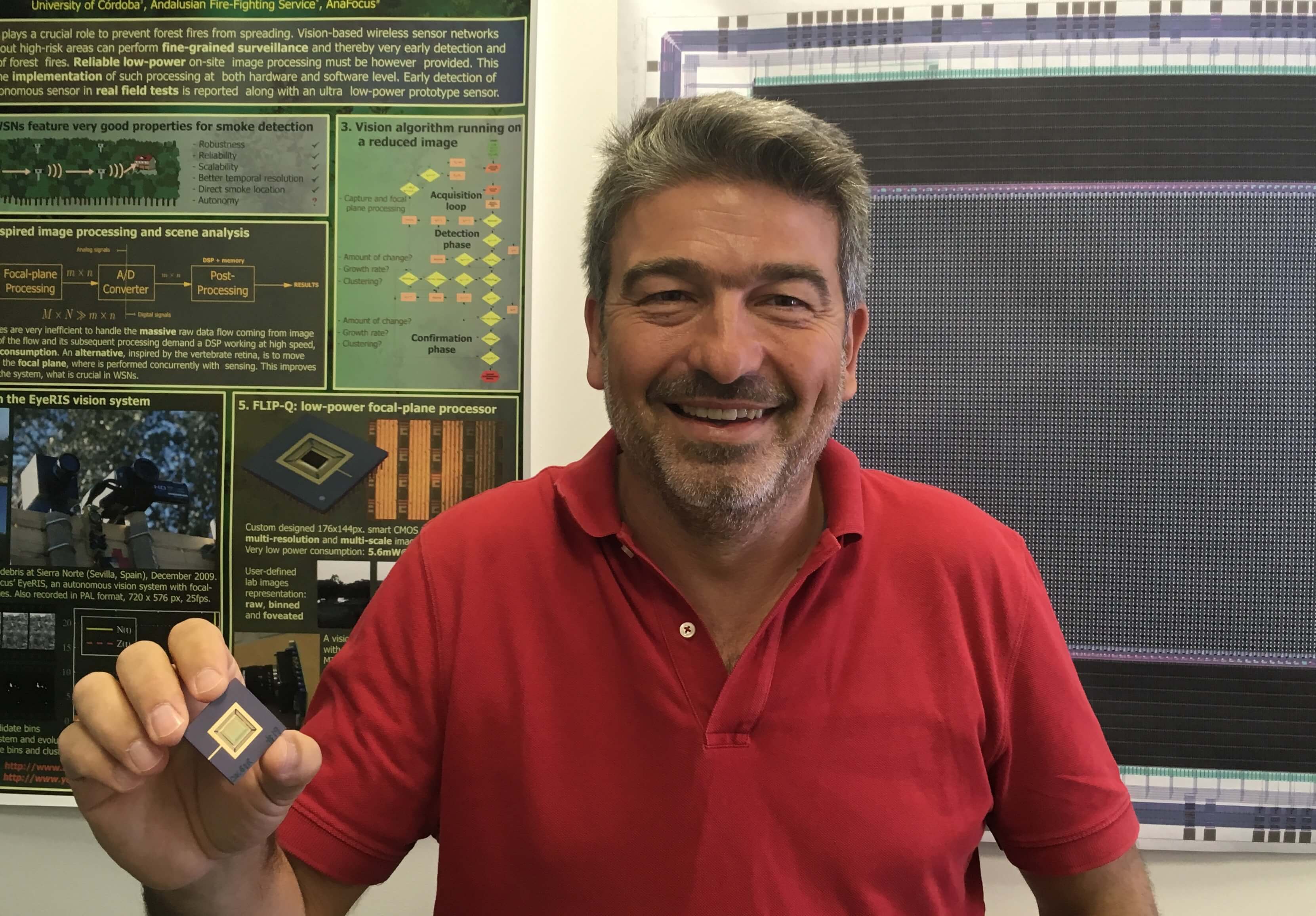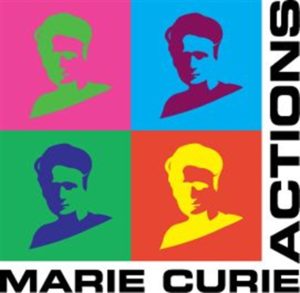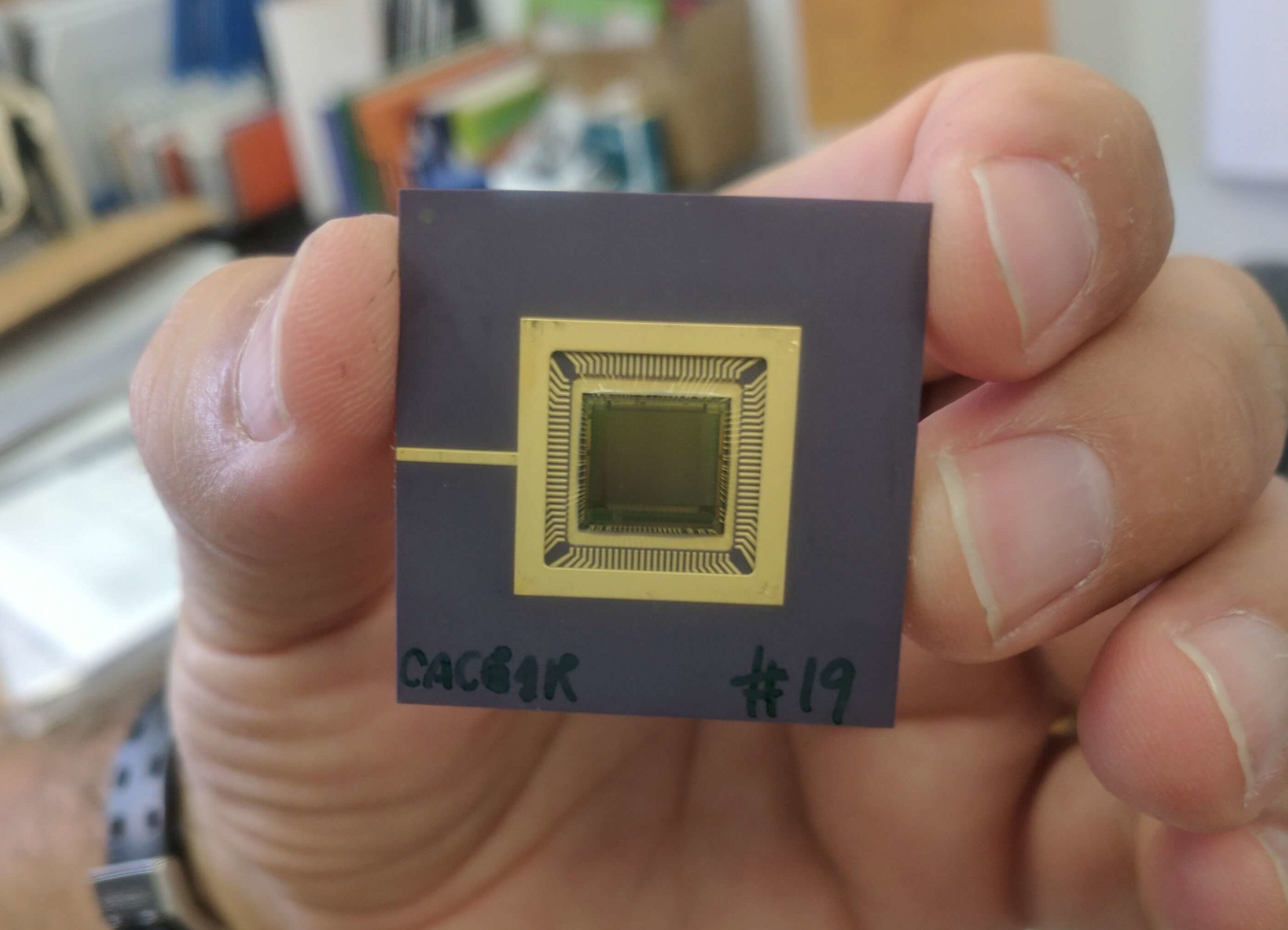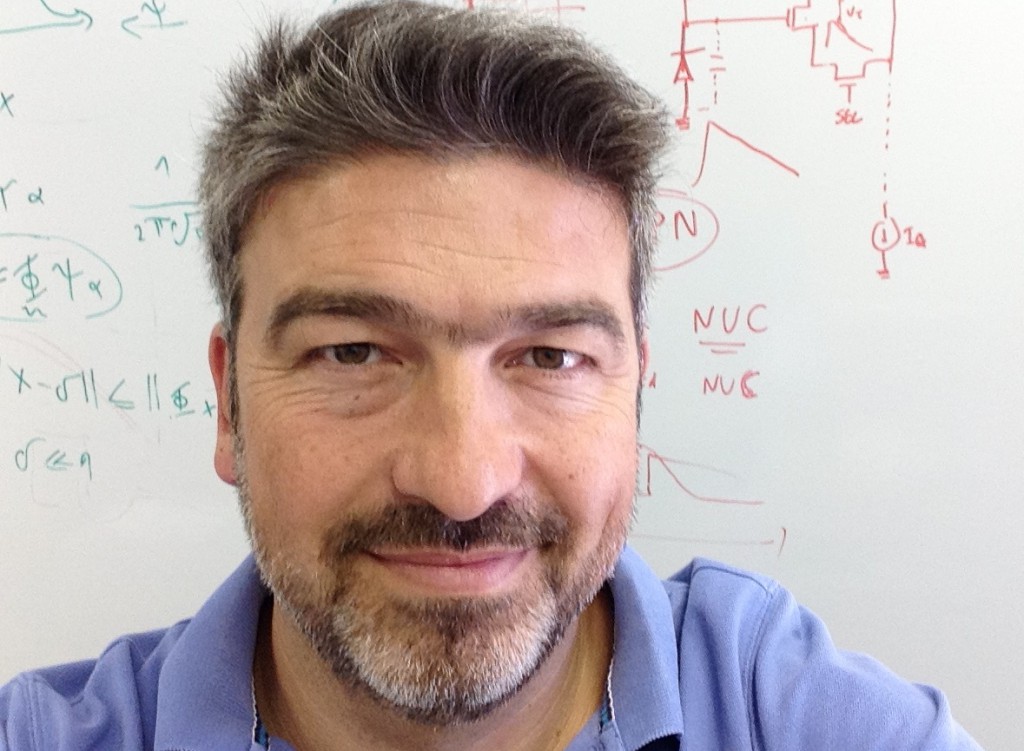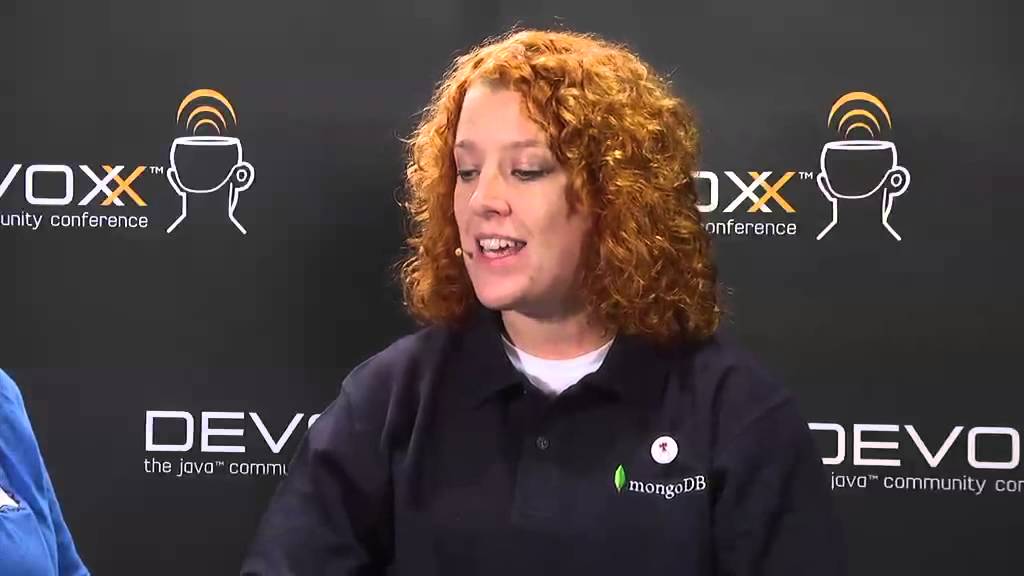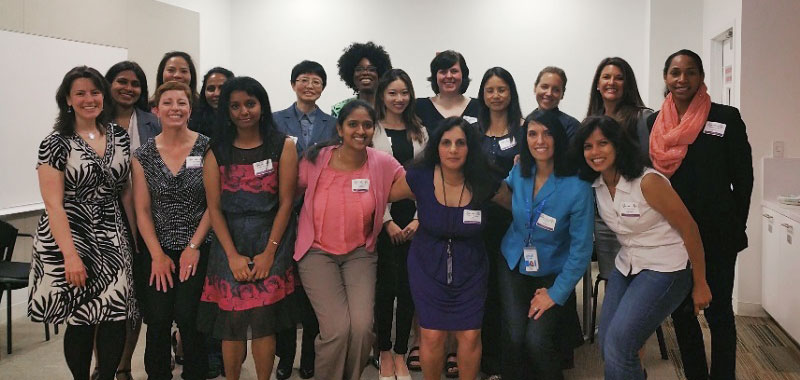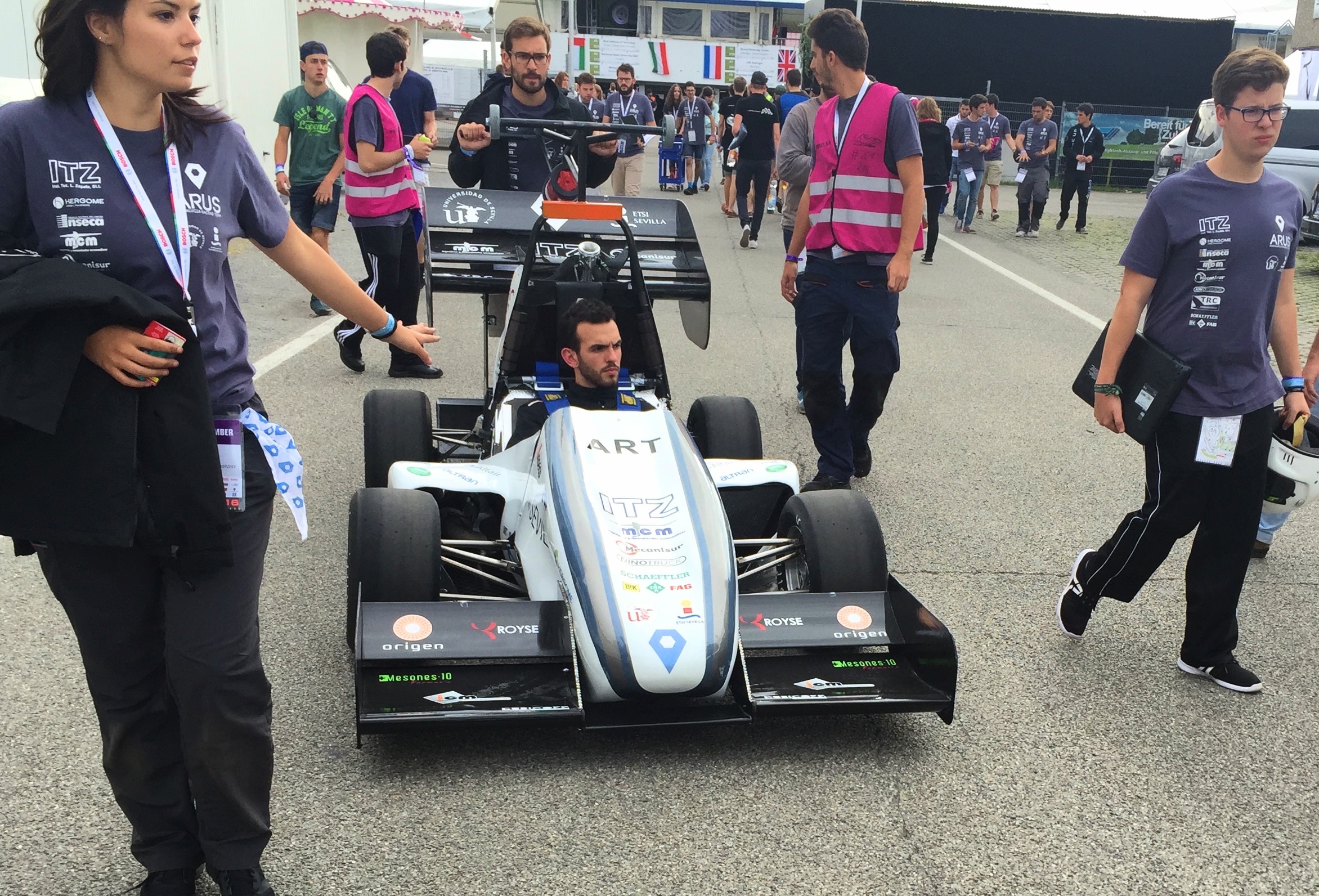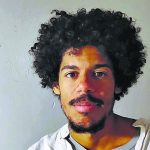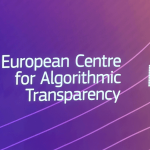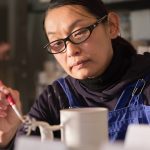ARIANA SHER
Ricardo Carmona Galán and his team at the Seville Institute of Microelectronics (IMSE-CNM) were recently awarded a Marie Curie Action scholarship (Innovative Training Network) for 2.2 million euros within the Horizon 2020. The winning programs name is ‘Achieve‘. The Marie Curie Action (MSCA) is a scholarship that is open to all fields and also supports industrial doctorates where academic research is combined with in the company. A part ‘Achieve’ will be a training program for students who will work on the project for three and a half years out of the four year timeline. The project is coordinated by Ricardo Carmona. In layman’s terms, ‘Achieve’ consists of two major purposes: research and training.
The consortium is made up of six partners leading academics (CSIC-University of Seville, Clermont-Auvergne Univ., Bourgogne Franche-Comté, Coimbra Univ., Udine Univ. and Ghent Univ.) and a main partner industrial (Imasenic), plus four other industrial partners (FLIR, Prefixa, Kovilta and Nvidia).
“In research we want to: implement efficient early vision tasks, bring processing closer to the sensor, and increase speed, efficiency, and sensory capability overall. For training the goals is to expand the understanding in each student and inspire them to cultivate innovative ideas that optimize the overlapping of separate specialities. The training will consist of disciplines that are complementary to each other and on horizontal topics which is valuable for them to develop their own careers. They should be able to transfer research results into products and services».
«Apart from the educational purposes, will be to create a platform to build networking systems for a collaborative vision composed of a network of smart camera nodes, dedicated sensors, architecture, and software. “If you want to know the placement of objects in a room the technology picks on one object, say you have a ball in a certain part of the room, and then from there you can start to envision where everything else in the room is placed. This abstract representation will be shared between the notes so they can interpret and learn the layout. [From] daycare cameras to smart drones, we want to contribute to a smart environment that would make life easier to the rest of us”.
The inspiration for ‘Achieve’
The idea for ‘Achieve’ is to create “a network of smart cameras which can autonomously take care of a situation in situations where you don’t want tens of thousands of megabytes of images, just the basic information needed to carry out the task”. The consortium, which consists of seven research groups, evolved from a small group of like-minded individuals who simply started getting together because they worked in the same field. These meetings turned into the Workshop on Architecture of Smart Camera (WASC) which since then has been convening annually. Through networking, the professionals attending learn about each other’s specialties. They started realizing the benefit of conjoining the separate disciplines in their work.
“Because the workshops we realized we had a good chance to influence each other. The conventional approach is separating the system into smaller parts and have them built by separate teams. If you do it separately then you will never be able to perform at an optimal level of efficiency. We want to arrive at a common language and train people to work together”. This philosophy is why the training aspect to ‘Achieve’ and its execution is such a unique experience. Carmona and the rest involved hope that the success of the program will lead to the acceptance and application of this philosophy in the industry. Not only will the program lead to innovation in chip technology, but spark a renaissance in the culture of their work and the creation process in chip design.
He mentioned in a separate article for European Night of Researchers. “I wish we all gave more space to science in our lives, that we had a critical view of what happens to us and the confidence that we can do things to change our reality. Translated into political language, I would like the funding of scientific research to be broader and that the Spanish system would not let so many young talents escape. If we want a knowledge-based economy we need to invest more in education and science”.
About the chips
Most of the chips do the processing in the focal plane. This allows the processor to handle so much information because a lot of data is already processed. Basically it is like the camera is closer to the sensor. This won’t produce the best quality image, but for the chips purposes a great level of detail is not necessary. This elaborate colorful design is just one pixel on one chip. To put that into perspective each tiny black dot on the photo to the right is a singular pixel on a chip which is the size of a coin. Once a chip is designed it takes about six to eight weeks to build. The manufactures of the chips do not build them pixel by pixel, but instead layer my layer. Each color in the left photo being a separate layer. The process is carried out using a machine called a stepper, named quite literally because of its step-by-step assembly technique.
Ricardo Carmona has published 140 works: h-index of 19
Married with three children, Carmona is a graduate from the University of Sevilla where he studied physics, electronics and microelectronics. Before college “I didn’t have a clear idea what to study before college. I was thinking about science but didn’t know if I prefered to focus in biology or physics. After having a good physics teacher, I was inspired to follow that path. People wanted me to be an engineer, but I wanted a more scientific point of view for my work. I was always interested in the elements of the computer and what was inside”.
After college he did nine months in the military and then started working at UC Berkeley. He came back to Sevilla to teach as an assistant professor while obtaining his PhD. Obtaining a certificate of Teaching Excellence from the University of Seville, he has since published 140 works and has a h-index of 19. Carmona currently holds a tenure position at CSIC and his boss is actually one of his old professors. The CSIC in Sevilla acts as a joint center with the Sevilla Institute of Microelectronics, so there are many people who work on the same projects together yet are technically employed by separate companies.
He loves his work with CSIC in general and ‘Achieve’ specifically: “I am very happy to have a job where I have space to develop my creativity. Where the work is different and you can propose many ideas”. With his work in general his greatest stresses and rewards often overlap because of one word: anticipation. “The chips that I build cost between 15.000 and 18.000 euros. There are so many ways things can go wrong and it’s very complicated. You are sending something to be manufactured for 18.000 euros which might not even work. When it does, those are the most rewarding moments”.
However, in ‘Achieve’ the hurdles are more about public understanding and acceptance of their philosophy to overlap disciplines for all aspects of project development. “The most difficult is to convince people in the industry that this approach will lead us to success. We are trying to expose the limitations that people create for themselves. Now there are lots of computing capabilities in a very small chip; in order to achieve the most success you need to codesign. People are just starting to get that now. Now it is becoming relevant”.

